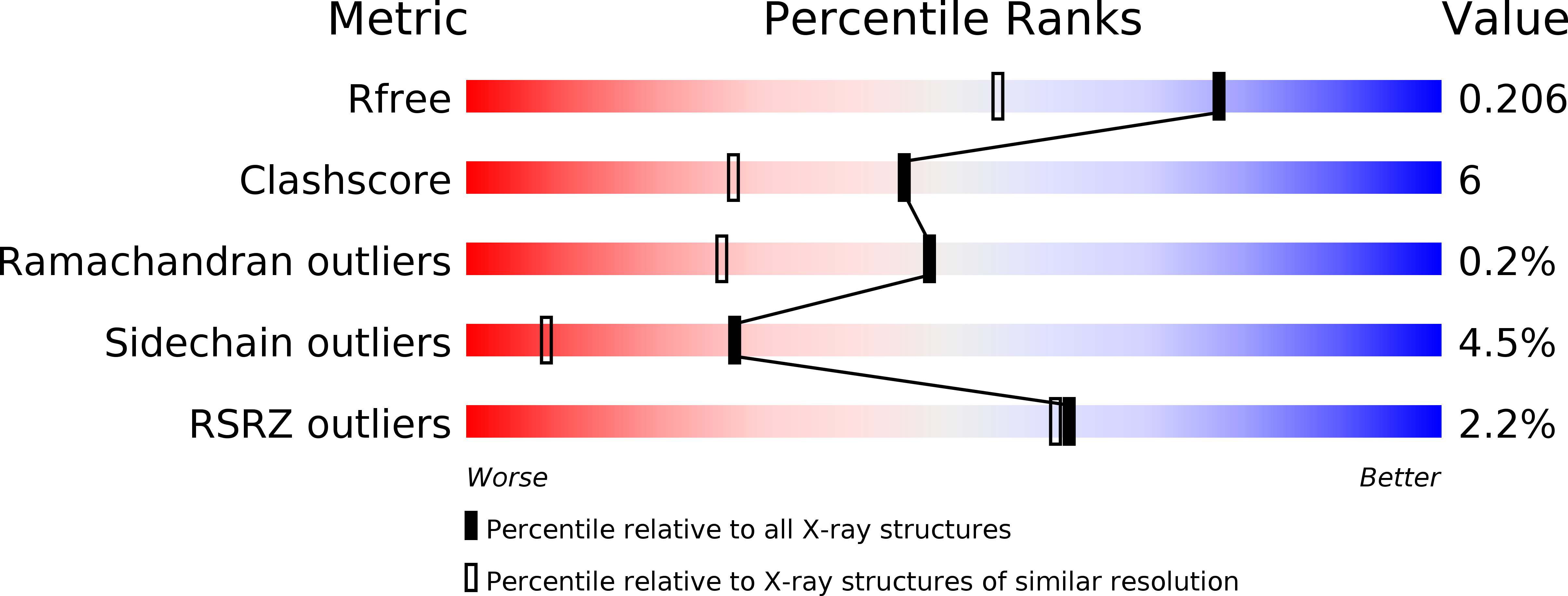
Deposition Date
2004-11-02
Release Date
2004-11-23
Last Version Date
2024-11-13
Entry Detail
PDB ID:
1WS8
Keywords:
Title:
Crystal Structure of Mavicyanin from Cucurbita pepo medullosa (Zucchini)
Biological Source:
Source Organism:
Cucurbita pepo (Taxon ID: 3663)
Host Organism:
Method Details:
Experimental Method:
Resolution:
1.60 Å
R-Value Free:
0.21
R-Value Work:
0.19
R-Value Observed:
0.19
Space Group:
P 61


